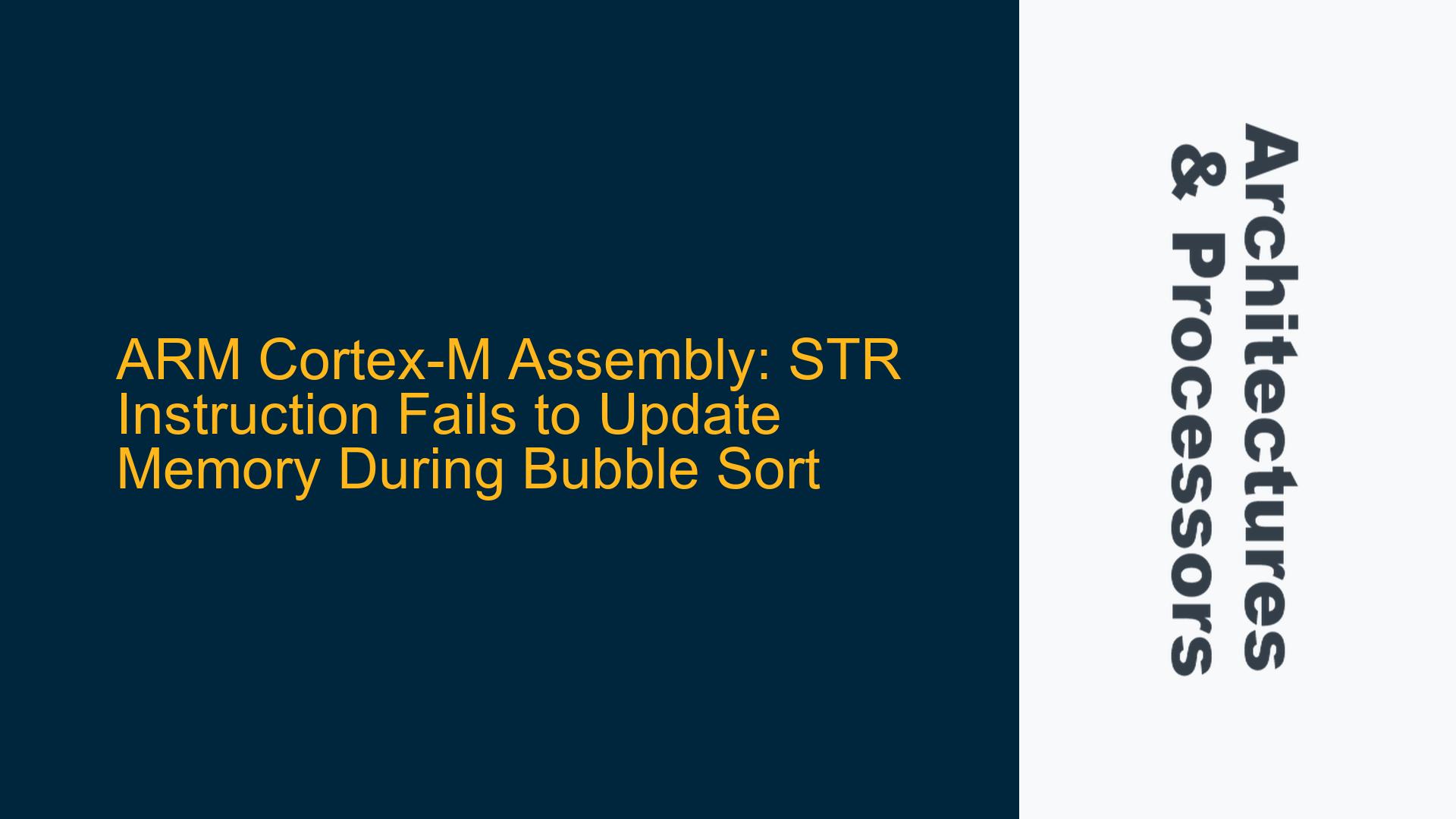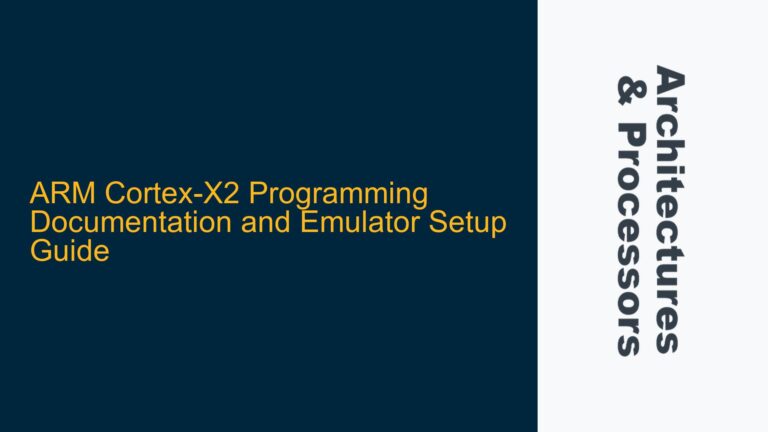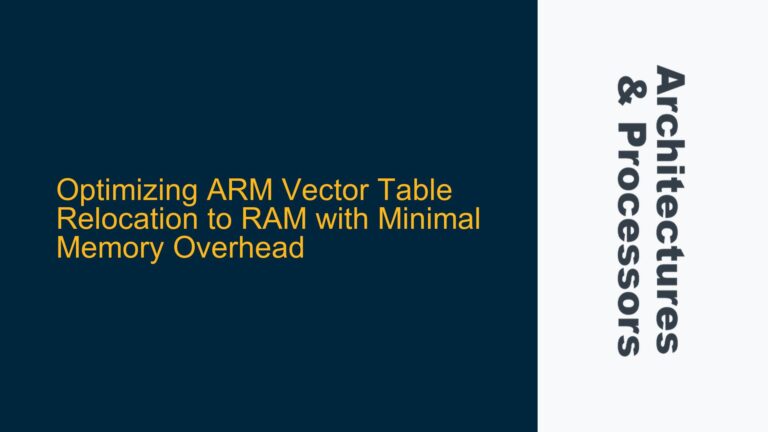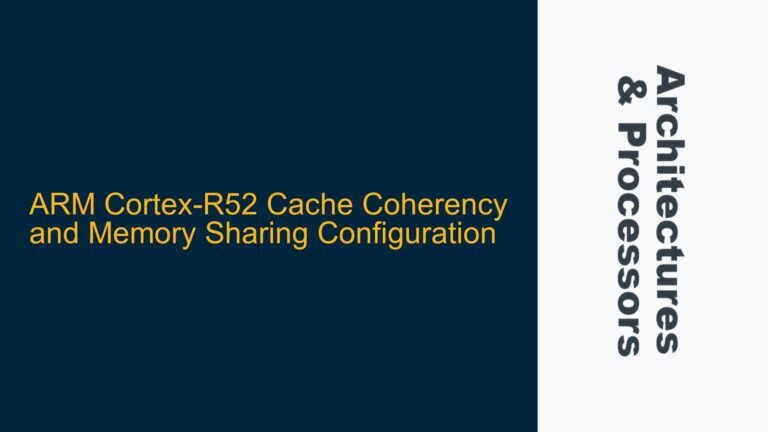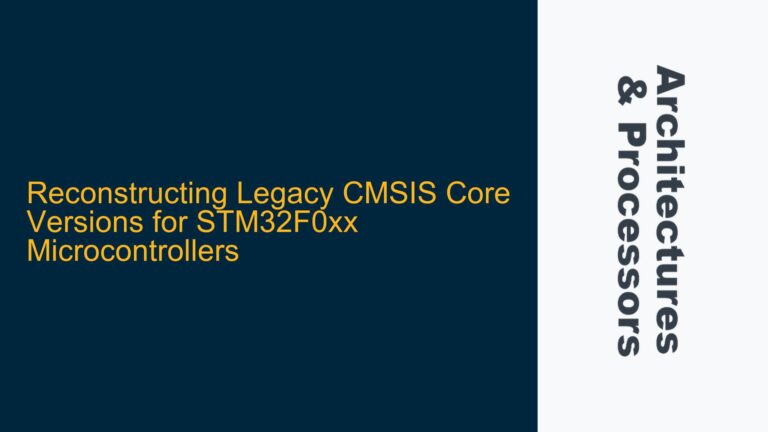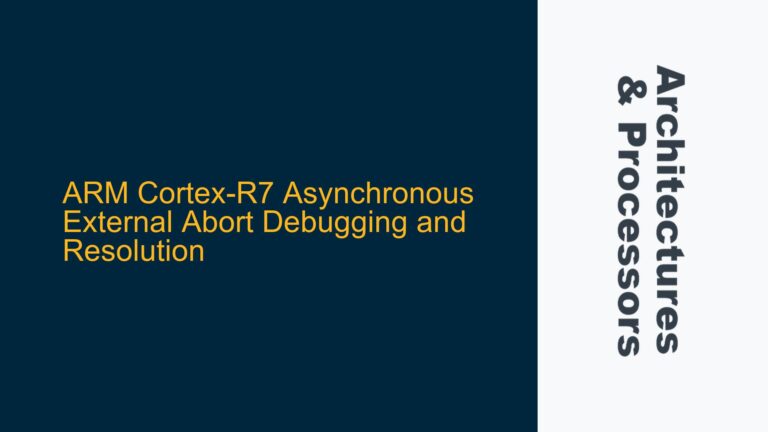ARM Cortex-M4 STR Instruction Execution Without Memory Update
The core issue revolves around the STRGT instruction in an ARM Cortex-M4 assembly implementation of the Bubble Sort algorithm. The STRGT instruction is designed to conditionally store a register’s value into memory if the Greater Than (GT) condition is met. In this case, the instruction executes as expected, but the memory location being targeted does not reflect the updated value. This behavior is observed during the swapping phase of the Bubble Sort algorithm, where two elements in an array are compared, and their positions are swapped if they are out of order. Despite the STRGT instructions executing, the memory contents remain unchanged, leading to an incorrect sorting outcome.
The issue is particularly perplexing because the debugger confirms that the STRGT instructions are being executed, yet the memory window shows no changes. This discrepancy suggests a deeper interaction between the assembly code, the memory model, and the debugger environment. The problem is further complicated by the use of a simulator (Keil uVision) instead of physical hardware, which introduces additional layers of abstraction and potential pitfalls.
Memory Alignment, Section Placement, and Simulator Behavior
Several factors could contribute to the STRGT instruction failing to update memory as expected. The first potential cause is memory alignment. ARM architectures, including the Cortex-M4, require strict alignment for memory accesses. Misaligned accesses can lead to undefined behavior or silent failures, especially when dealing with 32-bit data types. In this case, the array is declared using the DCD directive, which should ensure proper alignment. However, if the array is placed in an incorrectly aligned memory section, the STRGT instructions might not behave as expected.
Another possible cause is the placement of the array in the CODE section instead of the DATA section. While this allows the array to be visible in the debugger, it might also lead to unexpected behavior due to the different memory attributes of the CODE and DATA sections. The CODE section is typically marked as read-only, which could prevent the STRGT instructions from modifying the memory contents. This would explain why the debugger shows the instructions executing but the memory remains unchanged.
The use of a simulator instead of physical hardware introduces additional complexity. Simulators often emulate the behavior of the processor and memory system, but they might not perfectly replicate all aspects of the hardware. For example, the simulator might not handle memory-mapped I/O or specific memory attributes in the same way as the actual hardware. This could lead to discrepancies between the expected and observed behavior of the STRGT instructions.
Finally, the issue could be related to the debugger’s memory view. Debuggers often cache memory contents to improve performance, which can lead to outdated or incorrect views of the memory. If the debugger is not refreshing the memory view after each instruction, it might appear as though the STRGT instructions are not updating the memory, even though they are.
Verifying Memory Alignment, Section Attributes, and Debugger Configuration
To resolve the issue, a systematic approach is required to verify and address each potential cause. The first step is to ensure that the array is properly aligned in memory. The DCD directive should ensure 32-bit alignment, but it is worth double-checking the memory layout using the debugger’s memory map feature. If the array is not aligned correctly, it should be moved to a properly aligned memory section.
Next, the array should be moved from the CODE section to the DATA section. The DATA section is typically marked as read-write, which allows the STRGT instructions to modify the memory contents. This can be done by declaring the array in a separate DATA section and ensuring that the linker script places it in the correct memory region. For example:
AREA UNSORTEDARRAY, DATA, READWRITE
ALIGN
ARRAY DCD 9, 1, 3, 5, 6, 4, 2, 7, 8, 0
END
After moving the array to the DATA section, the code should be recompiled and reloaded into the simulator. The debugger’s memory view should then be checked to confirm that the array is correctly initialized and that the STRGT instructions are updating the memory as expected.
If the issue persists, the simulator’s behavior should be investigated. This can be done by running the code on physical hardware, if available, to see if the problem is specific to the simulator. If the code works correctly on hardware, the issue is likely related to the simulator’s emulation of the memory system. In this case, the simulator’s documentation should be consulted to identify any known issues or limitations related to memory access.
Finally, the debugger’s memory view should be verified to ensure that it is not caching outdated memory contents. Most debuggers provide an option to refresh the memory view manually or automatically after each instruction. Enabling this option can help ensure that the memory view accurately reflects the current state of the memory.
In conclusion, the STRGT instruction’s failure to update memory during the Bubble Sort algorithm is likely due to a combination of memory alignment, section placement, and simulator behavior. By systematically verifying and addressing each potential cause, the issue can be resolved, allowing the Bubble Sort algorithm to function correctly.
